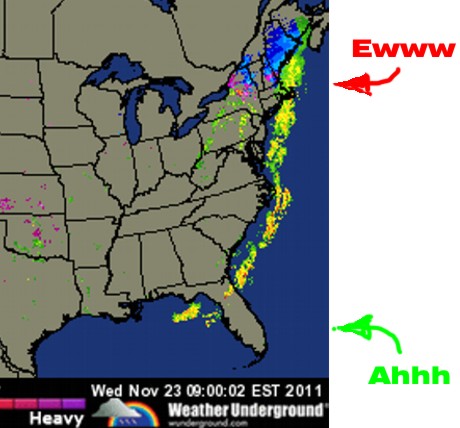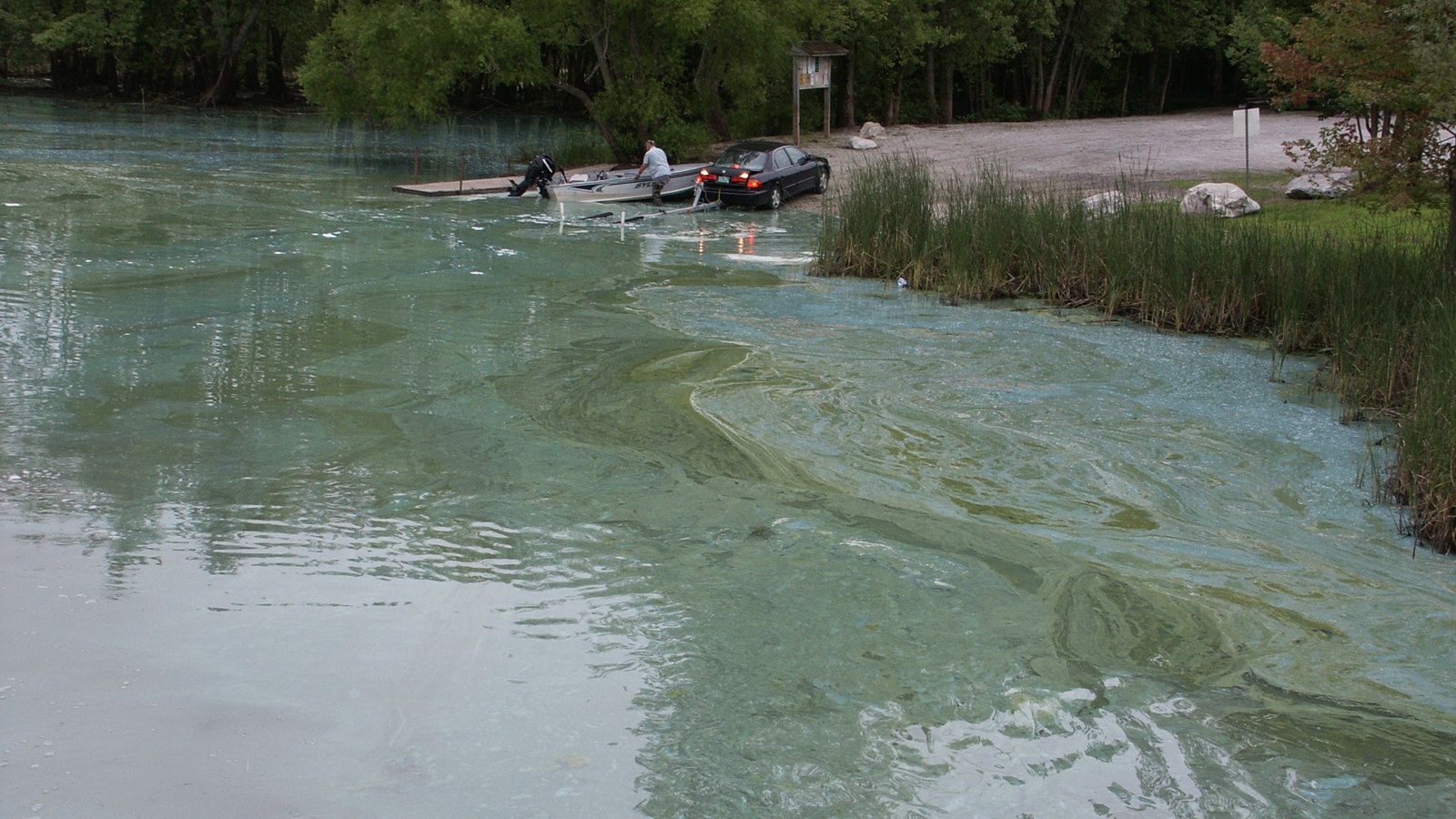Hurricane memories.
The weather has been remarkably good to me over the years so this reminiscence isn’t the Biggest Baddest Harper Hall of Fame. Instead, I got to thinking about the hurricanes I’ve experienced personally.
The first tropical cyclone I remember was named Hazel, the deadliest storm of the 50s. That Category 4 storm came ashore on the North Carolina-South Carolina border and made a beeline for Canada. 95 people died in the U.S. She killed about 1,000 people in Haiti.
In her northerly march, Hazel blew across Virginia, and West Virginia, Pennsylvania, Delaware, Maryland, and New Jersey, and New York with 100 mph winds and severe flooding. 113 mph, the highest wind speed ever recorded in New York City, was recorded in Battery Park.
Trees down. Power out.
I lived with my parents and grandfather in Chester County, in the southeastern corner of Pennsylvania when Hazel hit. We lost a 75′ larch, one of the few deciduous conifers, and the electricity was out for more than a week.
The Shakespeares and their two standard poodles lived across the road from us. For whatever reason, their power came back on a day or so after the storm passed through although ours remained out. My dad and grandfather strung a few hundred feet of the extension cords they used for the hedge trimmer up through the Norway maple and across the road to the neighbor’s bedroom window. We had just enough wire to reach and it kept the fridge and the well pump and a couple of lights going. My mom cooked on the coal stove which also heated our water. We had neither television nor Internoodle in 1954, so our power requirements were fairly low.
I played in and around the fallen larch for a few days but a nest of hornets chased me out long before Henry Sickler (he was both our postmaster and chief of police in those days) came with a chain saw to clean it up. I was very disappointed that we had to remove that tree.
Hurricanes are thought to be unusual in Pennsylvania. From the Gale of 1878, the 1903 Vagabond hurricane, to Hurricane Ike, there have been about 11 in 135 years. I don’t remember Hurricanes Connie and Diane the very next year after Hazel.
More storms hit Florida than any other U.S. state and only eighteen hurricane seasons passed without a named storm hitting us since 1851. I wasn’t in Florida until the 1980s so I’ll ignore the storms from 1498 (that one destroyed a Spanish fleet) through 1933. The 1935 Labor Day Hurricane brought a 15 to 20 foot storm surge to Lower Matecumbe and Long Key. That storm killed 1,000 people. The pressure of 892 mbar (26.35 inches of mercury) is the third lowest ever recorded in the Western Hemisphere; it is the only one to make landfall with a pressure below 900. The winds were estimated 185 mph at landfall. It was the first of three Category 5 hurricanes in the United States (the others were Camille in 1969 and Andrew in 1992).
My folks were in the Florida Keys for Floyd which did little damage. Georges ravaged the lower Keys. Charley moved mostly to the west us and downed trees and power lines. Andrew spared the Keys.
2005’s Katrina struck just a glancing blow in the Keys with power lines down and flooding; I was out of state then but I was back in town as Wilma spun up out in the Gulf. I ran from Wilma, settling north of Tampa for a week. She just about got me again up there as she crossed and recrossed Florida. Wilma’s wind damage totaled $20.6 billion in Florida overall but was relatively light in the Keys. Flooding was real story for us; the north side of the Overseas Highway looked like New Orleans after Katrina.
Irene turned away from the Keys.
Many Category 3 or greater hurricanes hit New England in the years between 1100 and about 1450. Up here, the meteorologists have been atwitter because New England hurricanes are now are thought to be so uncommon. Still, there were five in the 19th Century and eight in the 20th including the famed Long Island Express of 1938. I was here for Gloria, Bob, Bertha, Floyd (none of which made it to Vermont as hurricanes) and now Irene whose spectacular satellite imagery encouraged us to expect the worst.
A neighbor wondered on Friday, “Are Vermonters over reacting to Irene or are we really going to take a lickin’?”
IF the storm track had held true (it did), we over-reacted, at least here in Vermont’s Champlain Valley. Here’s the worry, though. If the storm had picked up some more heat between NC and Long Island (likely), wobbled 50 miles west (could have been), and stayed a Category 1 (who knows), instead of making a beeline up the Connecticut River Valley, we would have been under a genuine hurricane. I run from hurricanes.
A real hurricane would devastate Vermont. Our buildings and infrastructure are mostly quite old and made to handle ice storms, not the winds and deluge and pressure changes a hurricane brings. (The sudden pressure drop can literally explode a mobile home and a branch or piece of lumber flung at 80 or 90 mph can go through the wall of a house.)
I predicted North Puffin would get a gully washer with 40-50 mph gusts — in other words, a big rainstorm of the kind we’re used to.
Didn’t stop us from cancelling the concert Sunday, though.
The Champlain Valley Fair cancelled all activities for Sunday.
We were right to over warn and over-react.
“Prepare for the worst. Pray for the best.”
I was at a local hardware store on Saturday afternoon. Disasters are very good for business at both ends — preparedness supplies before and repair items after the fact.
I had no trouble driving in or out of town Sunday morning. It rained moderately hard all day up here on top of the hill but the wind became just audible about 2:30, probably blowing about 15-20 mph. It picked up a bit up later in the afternoon probably 20-25 with some 30-35 gusts. Good day for sailing a Hobie cat although by evening we had 3-foot waves and 40-45 mph gusts on our beach. The rain fell about straight down instead of straight sideways most of the day but as the western High started rushing in, thousands of trees sacrificed a thick layer of Fall warmth to carpet the roads and lawns.
The generator ran fine when I warmed it up last month. Didn’t need it. Swanton Village Power & Light has (I think) the best “up time” in New England so we never worried about losing electricity for long.
Irene may become the most costly hurricane in U.S. history. At least 41 people died over all and about a million New Yorkers are without power this morning. Two people were killed, 250 roads laid waste, 100 bridges sacked, and 12 towns cut off in Vermont, but here in North Puffin we’re just wringing out the sponges.
After Hazel, Canada converted the swamped residential areas in Ontario’s floodplains to parkland to avoid future death and destruction. After Katrina, the United States rebuilt the New Orleans levees.
By the way, today is the 6th anniversary of Katrina’s landfall. It appears Katya is ready to spin up tomorrow.


